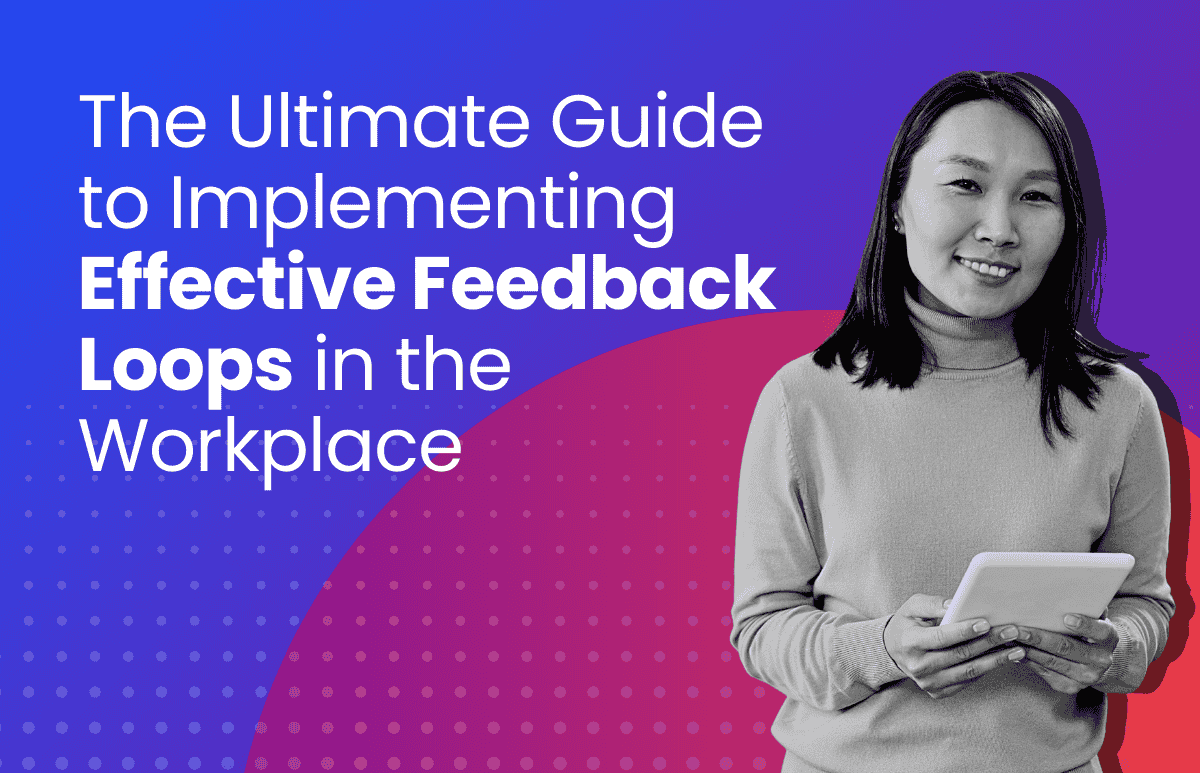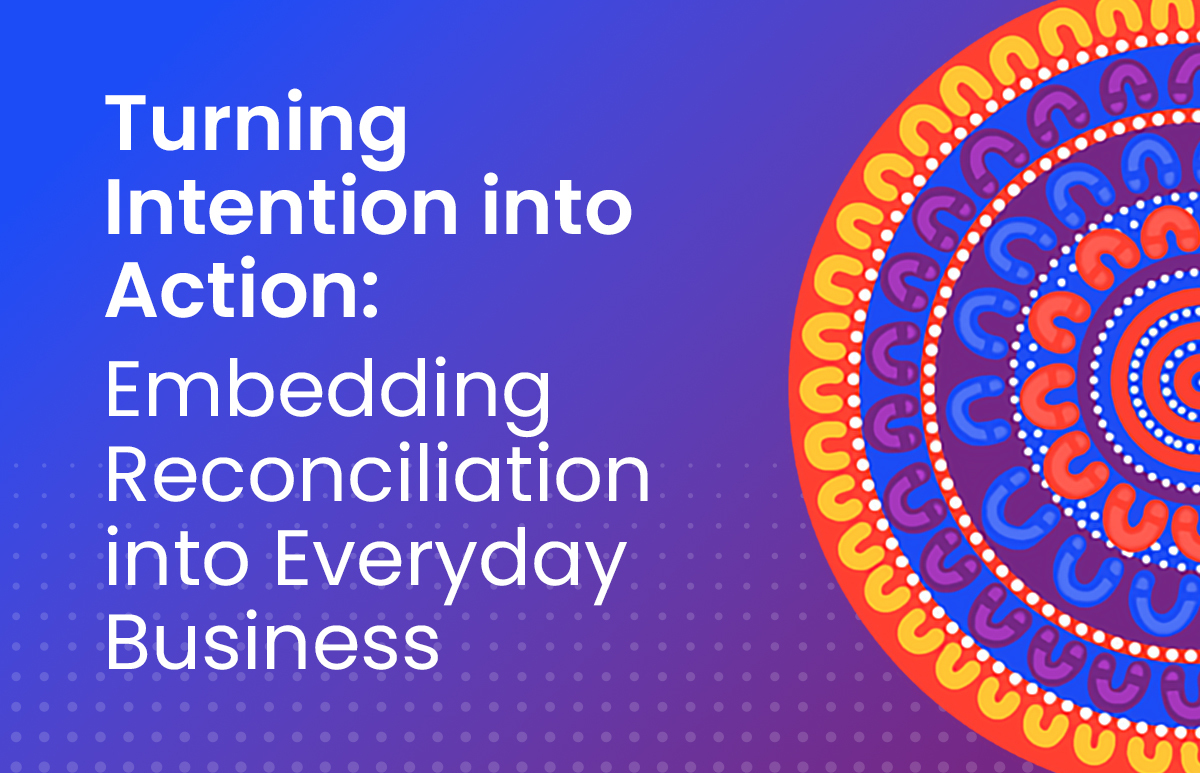5 Tips For Diversity and Inclusion Strategy

Diversity, equity & inclusion (DE&I) in the workplace is fast gaining momentum. ELMO’s 2021 HR Industry Benchmark Report surveyed over 1800 HR professionals in Australia and New Zealand and found that more than two-thirds (68%) of respondents considered DE&I to be a high or medium priority for 2021.
What is diversity, equity and inclusion?
There can be confusion around the link between diversity, equity, and inclusion. Indeed, the terms are used interchangeably, but one does not guarantee the other. HR commentator Josh Bersin found that while plenty of organisations prioritise diversity with appropriate metrics and even quotas, many are failing to cultivate inclusivity. He suggests that the approach should be flipped: inclusion should be the goal and diversity should be the result.
What is diversity in the workplace?
In a nutshell, it’s having a workforce that is made up of people with different characteristics. There are nine dimensions of diversity: Age, gender, ethnicity, language, sexual orientation, religion, disability, and class.
What is equity?
Equity strives to acknowledge the disadvantages some groups experience and address the biased or unfair processes that operate in society. It centres on fair treatment, access, and opportunity for every member of the workforce, while acknowledging that the playing field is not equal for all employees.
What is inclusion?
Inclusion in the workplace means employees experience a sense of belonging. They are made to feel included, valued, and rewarded by their employer. As Bersin said, inclusion should be the first element within DE&I.
Tokenistic DE&I initiatives quickly become unstuck. For example, an organisation may hire minority candidates to fulfill a quota or ‘keep up appearances’ of being an employer that fosters diversity, but those individuals will soon discover whether the organisation truly believes in and commits to inclusion – and will promptly turn on their heel if they don’t like what they see. While many employers ‘talk the talk’, it’s also important to ‘walk the walk’ – and that means ensuring everyone feels included. When it comes to DE&I in the workplace, superficiality is discernable – and employee turnover is the proof.
Why is DE&I important in the workplace?
It’s generally understood that diverse organisations outperform non-diverse organisations in terms of profitability. This is because diverse organisations are more innovative, have higher employee engagement, and provide better customer service.[1] According to McKinsey & Company, various forms of diversity – such as gender and ethnicity – can improve financial performance by up to 25%.[2] Inclusion (equality, openness and the feeling of belonging) was found to be the top driver of employee satisfaction.[1] However, cultivating diversity, equity & inclusion in the workforce isn’t a quick-fix; the journey is complex and layered.
Where can employers begin with DE&I strategy?
The focus of DE&I within talent processes is critical to overall success, but it shouldn’t end there. Diversity should be present within every key business function, including recruitment, remuneration, succession management, rewards & recognition, and senior leadership, as well as individual team interactions and behaviour. The problem is the DE&I space is broad and ‘noisy’; there are countless studies and resources on offer, and this can make it overwhelming.
A big misconception is that HR should be the sole advocates and ‘enforcers’ of DE&I within an organisation. While it’s true that HR are key players in introducing and reinforcing DE&I initiatives to leaders and consulting on best practice, they should not be the custodians or be held solely responsible for the success or failure of an initiative. As such, DE&I shouldn’t be a ‘nice to have’ add-on HR program, and it shouldn’t be motivated by compliance or mandatory diversity reporting. (For example, the Workplace Gender Equality Agency (WGEA) asks that Australian business with 100+ employees report annually on pay equity.) The first step to cultivating genuine DE&I in the workplace is to understand that it is, first and foremost, a business issue, and should therefore be rooted in the business strategy.
Check out our blog: The age of the Chief Diversity Officer.
5 steps to cultivate diversity, equity & inclusivity in the workplace
The road to true DE&I looks different to every organisation, but there are a few essential factors that should form the foundation of every DE&I strategy.
1. Get senior leadership onboard – and get them listening
For a DE&I program to be authentic and to perpetuate sustained inclusivity, it must have leadership buy-in. Bersin highlights the importance of leaders who listen to their employees through various listening channels (see point 2). When leaders truly empathise with and understand what diverse teams need, DE&I becomes less compliance-focused and genuine inclusive practices are born.
2. Ask employees for feedback via multiple channels
Leading on from the above point, there are multiple listening channels organisations can leverage, including pulse surveys, performance appraisals and check-ins, incident reporting and exit interviews. ELMO Survey gives organisations the ability to regularly survey their employees to gather real-time workforce sentiment. Surveys can also be completed anonymously to encourage honest feedback. Employers can then use feedback to take action that ensures all employees feel a sense of “belonging” in the workplace.
3. Select & recruit a diverse workforce
The most obvious place to start upon the journey to improving DE&I in the workplace is in recruitment. Organisations may implement diverse practices to help stamp out unconscious bias in the hiring process – e.g. have a diverse interview panel or use technology to anonymise resumes by removing words that indicate gender, background, race, etc. The same can be done for job ads and the titles used – e.g. instead of mailman try postal worker, or use salesperson instead of salesman. However, in many instances these efforts will not inspire sustained inclusivity. A diverse practice should not be isolated. Instead, diversity should be built into every business function.
4. Build HR capabilities
Another priority is building HR’s capabilities so they can consult senior leadership on DE&I issues and earn a “seat at the table”. With the right skills, HR can help to bolster the EQ (emotional quotient) of leaders to maximise empathy, understanding and, ultimately, inclusivity. With strong HR involvement and support, DE&I will become the lens that every program is viewed through, and eventually the DE&I “version” of a business function will become the standard.
5. Leverage data and analytics to measure goals
To gain leadership buy-in, senior leaders must believe that diversity is good for business and improves upward mobility. HR cannot prove this without the help of data and analytics. By leveraging data, HR can communicate with senior leaders in a language they understand.
HR professionals should learn how to use data to understand their workforce, such as employee engagement, turnover, and time-to-hire. The more business-focused a DE&I program is, the faster it becomes a top priority.
DE&I has long been a “tick and flick” exercise, but this does not cultivate deep-seated inclusivity within a workplace. To truly embrace diversity and inclusion, an organisation should have HR encourage leaders to understand and empathise with others. HR should also show the significant impact of a diverse, equitable, and inclusive workplace culture.
[1] Elevating Equity: The real story of diversity and inclusion, Josh Bersin Academy, 2021
 HR Core
HR Core 









